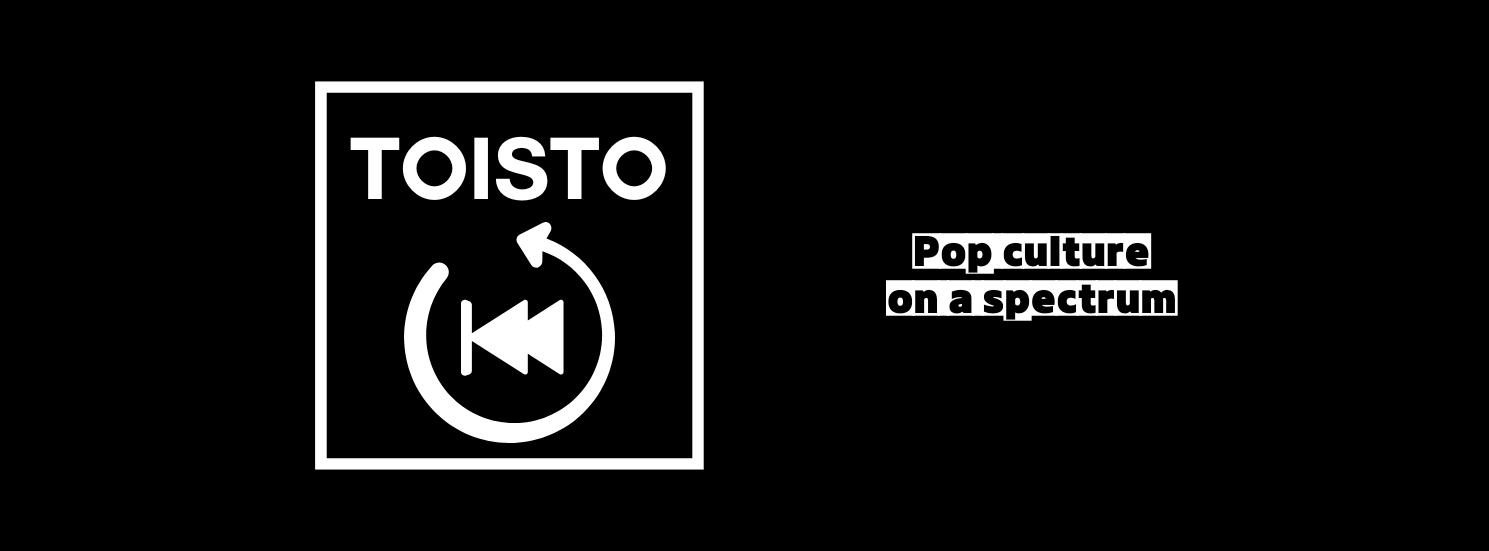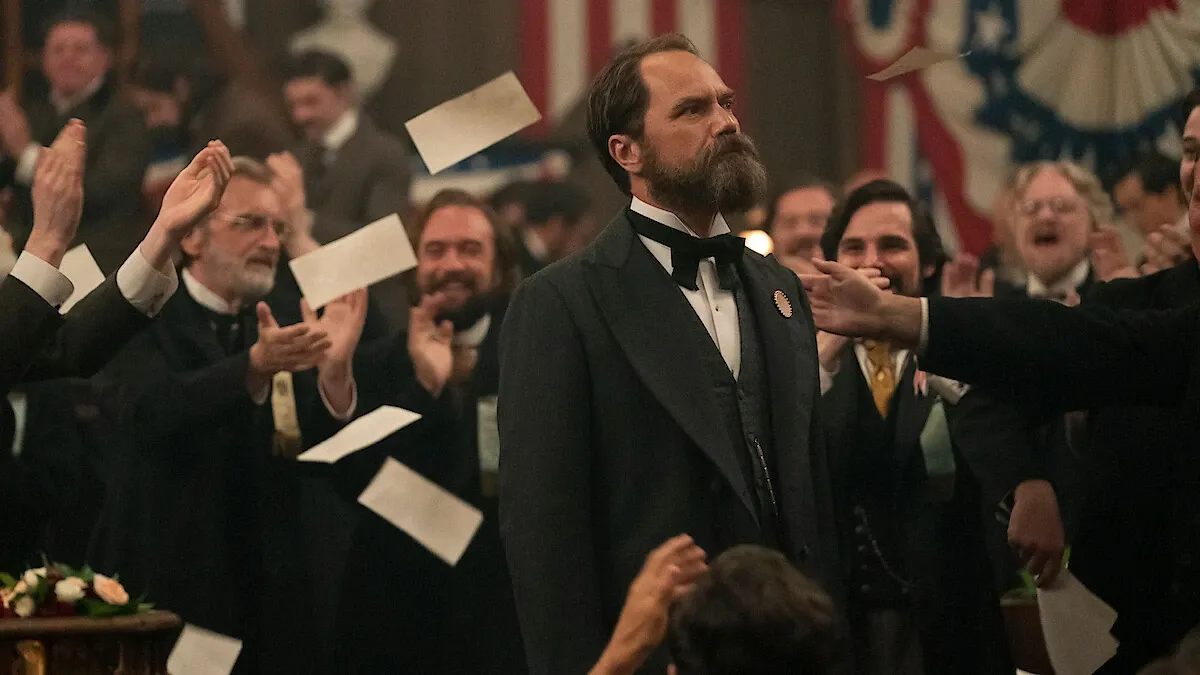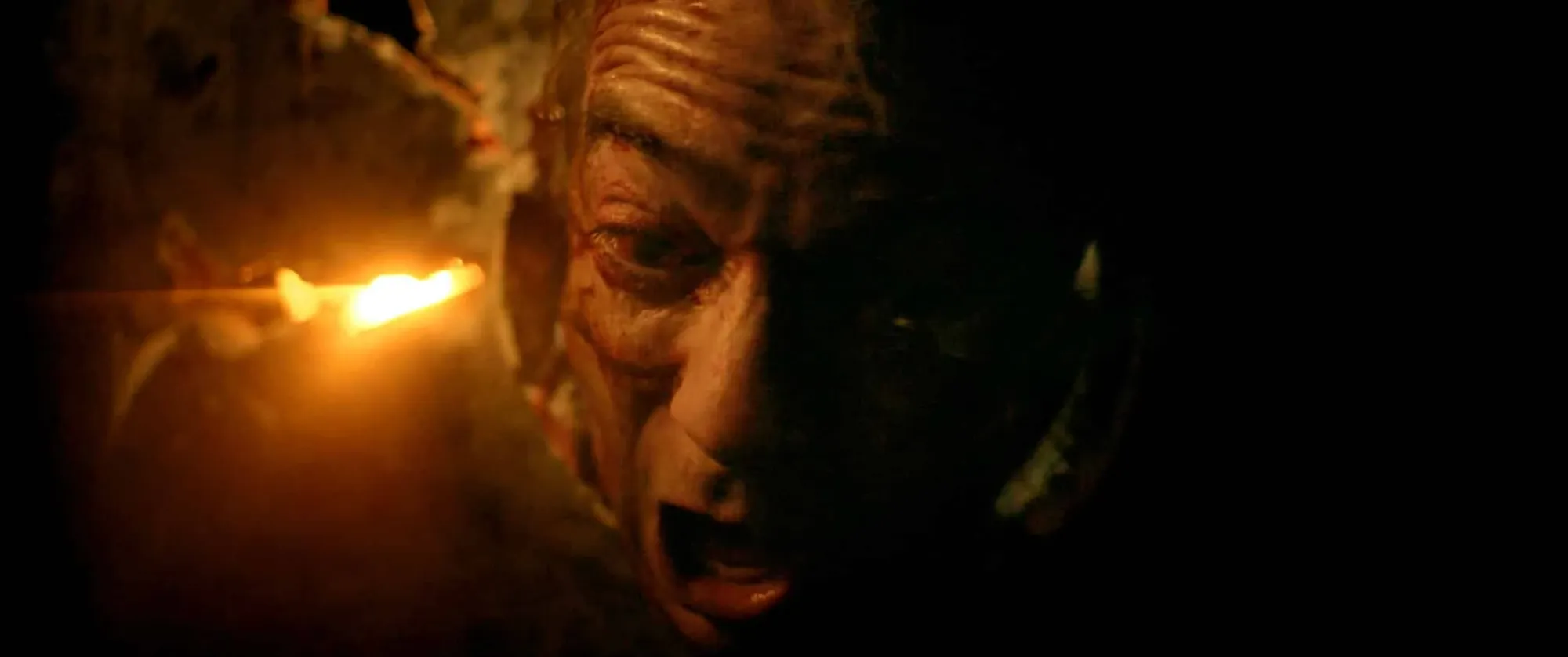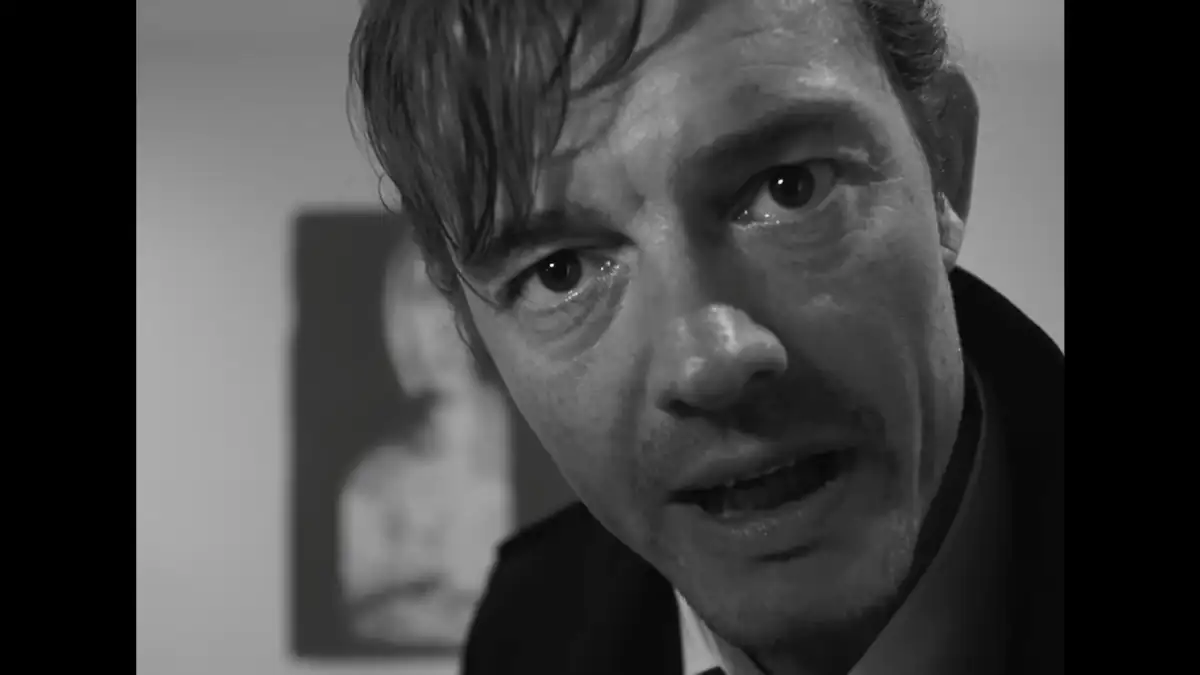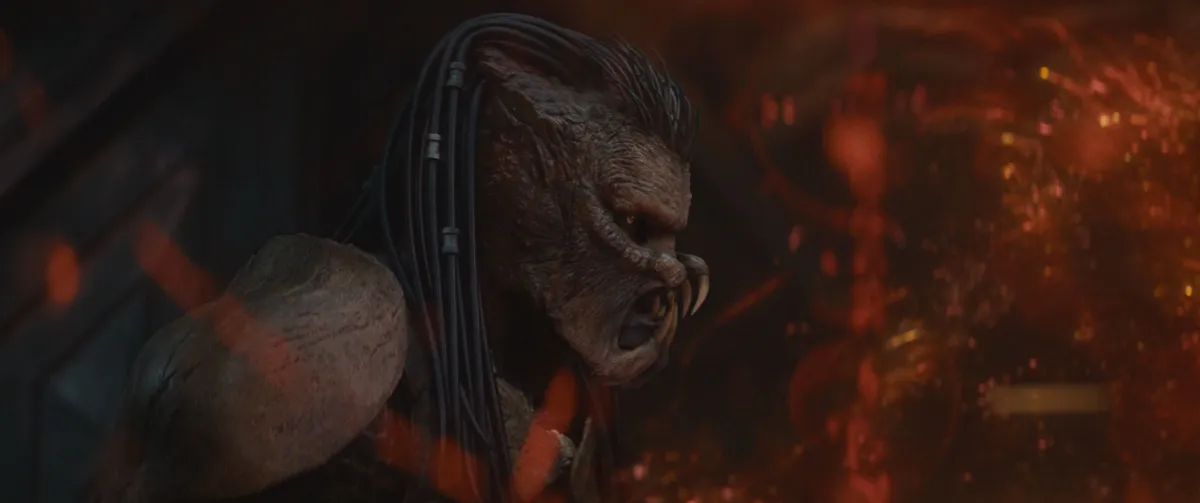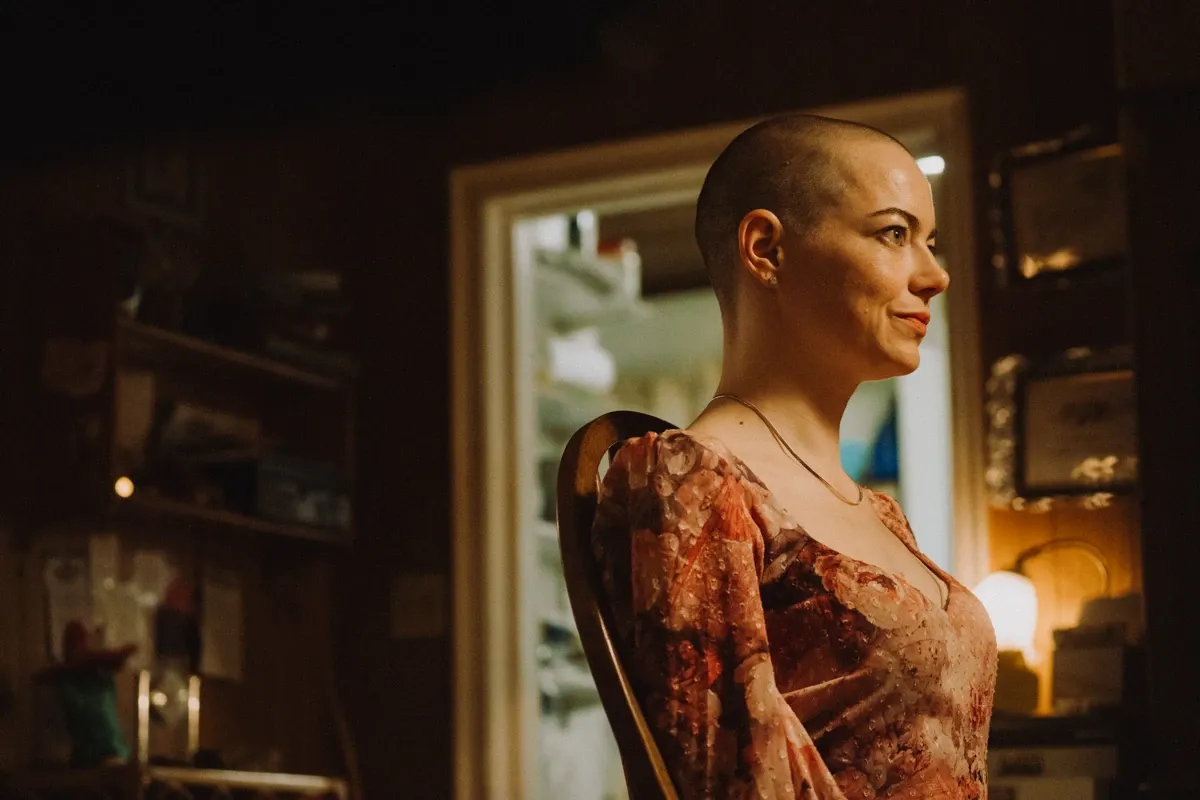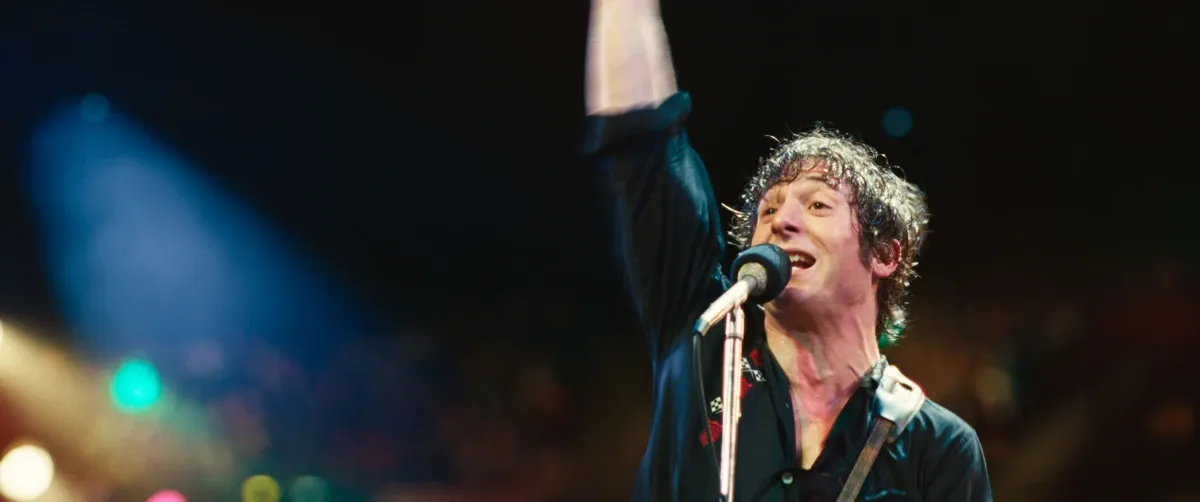(Pam & Tommy premieres on Disney+ on February 2nd.)
Gather ’round the Snapchat, children, and I shall regale ye with a tale of the 90s.
An era so long ago that cellphones didn’t exist, and porn was bought in stores. In this innocent time, two lovers, Pam & Tommy, recorded their passion on a grainy VHS tape. A tape that, famously, was stolen and shared with the world.
What’s a VHS? It’s like a bulky DVD. What’s a DVD? Look, we’re going to be here all day if you’re going to keep asking questions.
Put simply, for a brief moment in the 90s, there was no celebrity couple more interesting to the masses than Pamela Anderson and Tommy Lee. She was the perennial Playboy favorite; he is the boozy face of Mötley Crüe. After a whirlwind romance, the duo got married in a highly publicized ceremony. Two years later, their private home video, which included a sex act, was sold and published.
It is still, as it was then, a disgusting act that deserves condemnation. In Pam & Tommy, an eight-part miniseries about the subject, it becomes a salacious thrill. An act of enjoying gossip while pretending to be above it.
Today, we’ve reached the point in this cultural cycle where the 90s is now nostalgic. Pam & Tommy, developed by Evan Goldberg and Seth Rogen, oozes that nostalgia. Viewers of a certain age will be able to perfect their “DiCaprio points at things” meme impression throughout the season. To its credit, the series captures the time period perfectly.
Therein lies the dilemma: Pam & Tommy loves the era, but has very little to say otherwise. Much of the series boils down to a reductive lesson about personal privacy and exploitative media. In the late 90s, that might have been novel, if not exactly pioneering. Today, in a perpetually connected sexualized online world, it’s downright dated.
Anderson, who is the most vulnerable party in all this, has openly refused to take part in the series. Despite her refusal, Goldberg and Rogen, both men, pushed on regardless. The result is nearly eight hours of sensationalist drama that weaponizes fiction to tear open old wounds. In one of the most offensive moves, it gives the leaker of the notorious tape, Rand Gauthier, a completely fabricated redemption arc. In reality, Gauthier remains unapologetic.
Anderson’s absence makes the entire series feel scummy and exploitative. The parts that don’t come late in the season, where Lily James finally gets to portray her as something else than a whispy sexpot. Everywhere else, Anderson is a caricature. Even as she cleans her house, James plays her like she never left the set of Baywatch. A terrific flashback episode showcases the manufacturing process of how her persona was created, but the series never makes the leap to emphasize how toxic it really is.
Sebastian Stan, playing Tommy, doesn’t fare much better. He taps into the darker aspects of the violent rocker effortlessly, but it’s all lip service in the end. For much of the series, he’s a cartoonish force of nature. Both James and Stan are fantastic actors, and the makeup and prosthetic work make them both look the part. But it’s all superficial, especially when the series can’t help but sleazily attempts to titillate by focusing on their nude bodies at every turn.
Gauthier, on the other hand, gets an extremely empathetic backstory, painting him as a misunderstood underdog. There are times it even feels like the series wants us to root for him. After all, Tommy’s mistreatment of Gauthier is what caused this. It’s gross, unnecessary, and dooms the entire series. Especially when it’s Seth Rogen, one of the producers, who plays Gauthier with all their schlubby charisma amped up to eleven.
On top of that, the series can’t decide what tone it even wants to take. One minute you have Stan having a wildly animated conversation with his penis (played by Jason Mantzoukas), the next it’s James harassed by misogynist lawyers. Even at such an extended length, Pam & Tommy is all over the place.
There’s an important story buried under all of this, but Rogen and Goldberg haven’t found it. Instead, their take is more reminiscent of a “where are they now” tabloid article. It’s glitzy and breezy, meant to evoke quick and cheap emotion before it washes out from the mind entirely. In doing so, it’s no better than all the editorials and talk show hosts it now safely mocks decades later.
